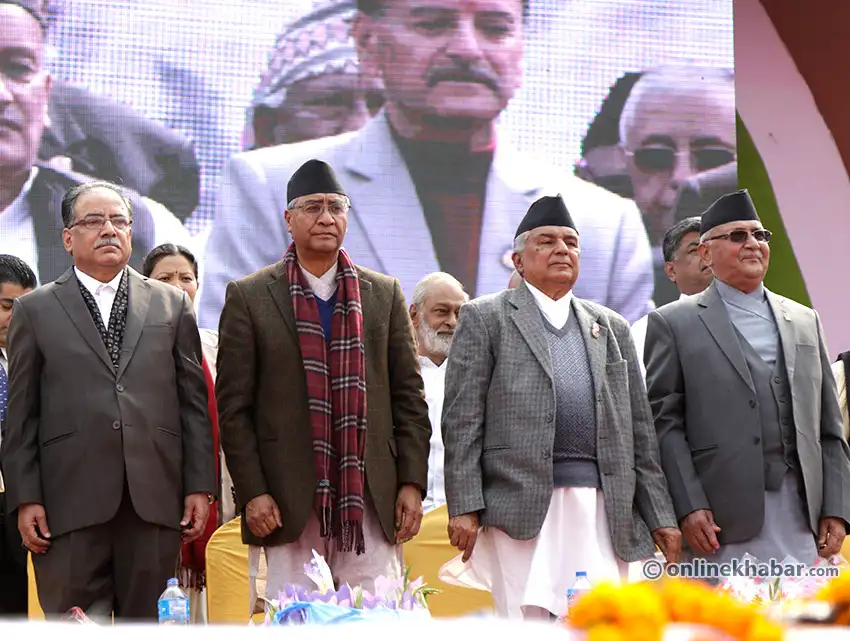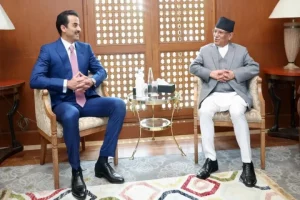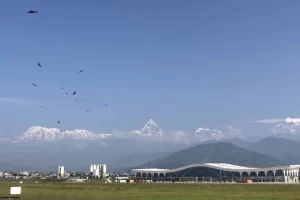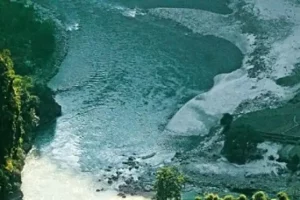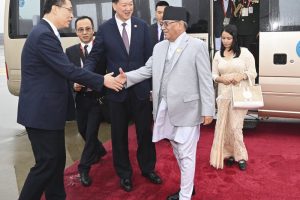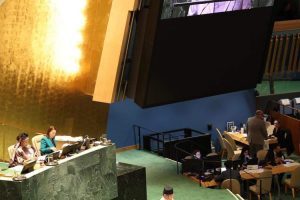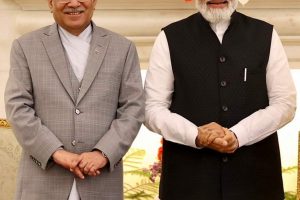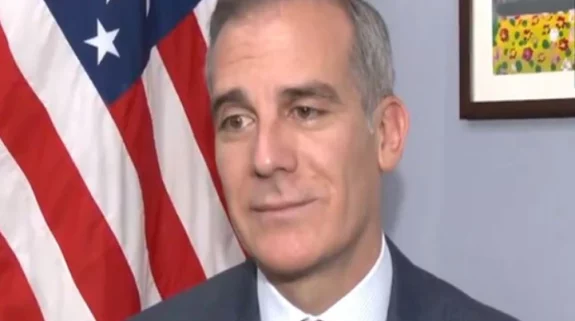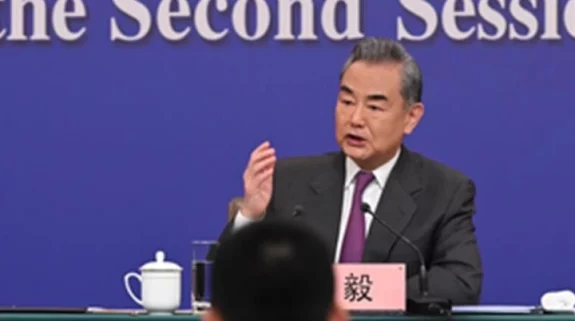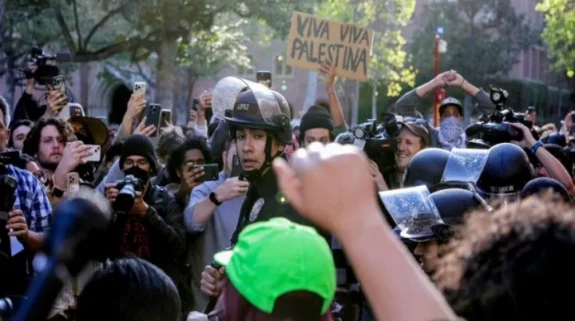Kathmandu: Voting has begun in Nepal’s federal and provincial assembly elections. Here are some pointers covering the big picture.
- Who will vote in the elections: Nearly 18 million eligible voters will cast their ballots in Nepal on Sunday to pick federal and provincial assembly candidates. Voters are participating in the second general elections after the South Asian country promulgated a new Constitution in 2015. Last time, similar elections were held in 2017, which gave the left-wing parties a thumping majority.
- How many seats are up for grabs: A total 275 seats are being contests for the House of Representatives. Out of these, voters will directly ballot for 165. For the remaining 110 seats votes will be cast under Proportional Representation (PR) principle. For the seven provincial assemblies, 550 seats are up for grabs. Candidates for 330 seats will be directly elected and the remaining 220 will be filled under the PR system.
The Nepal-India border has been sealed for 72 hours to prevent the movement of anti-social elementshttps://t.co/g3IrK0Ta4v#NepalMinute #OutOfOrdinary #NM #Nepal #India #election #security #NepalVotes2022 pic.twitter.com/5JzFHWWP1Q
— NepalMinute (@nepalminute) November 18, 2022
How many candidates are in the fray: According to the Election Commission of Nepal, altogether 2,412 candidates – 2,187 men and just 225 women – are vying for parliamentary seats. Various PR seats are reserved for women, Dalits, those belonging to indigenous nationalities, the khas arya, the Madhesi, Tharus, Muslims and those belonging to the underprivileged regions.
#NepalVotes2022 #Nepal up for general elections on Nov20th with parties NepalCongress alliance, Communist Party of Nepal alliance,Rashtriya Prajatantra Party, smaller Madhesi parties. While its important for future of people of Nepal,equally important for 2 neighbors India& China
— Rameesh Kailasam (@rameeshkailasam) November 19, 2022
What is the sales pitch of the rival alliances: Sunday’s election will be a two-horse race between the six-party group led by the ruling Nepali Congress and the coalition led by the main opposition, the Communist Party of Nepal (Unified Marxist Leninist). Two communist parties—CPN (Maoist Center), CPN (Unified Socialist) and a Madhes-centric party Loktantrik Samajbadi Party (LSP) led by Mahantha Thakur—have allied with the Nepali Congress in the ruling party’s electoral alliance. This combine is also known as the ‘democratic left alliance’. On the other hand, monarchist and Hindu nationalist Rashtriya Prajantantra Party led by Kamal Thapa and Madhes-centric Janata Samajwadi Party (JSP) led by Upendra Yadav are allies in the CPN (UML)’s electoral alliance. The strange partnership of the hard-Left and the royalists is giving the opposition its “regressive” label. As Madhes-centric regional parties failed to come together for polls, traditional parties the Nepali Congress and UML are likely to increase their electoral grounds in southeastern Madhes Province which shares socio-cultural affinities with India.
- Are youngsters challenging the old guard: In the elections, youngsters are also the fray with their hopes to break the hegemony of traditional parties and their leaders who are mostly in their seventies. Sagar Dhakal, 31, an engineer is competing with Prime Minister Deuba while Sobita Gataum, 27, is taking on Onsari Gharti, a former speaker. Abdus Miya, 30, is competing with Maoist Chairman Pushpa Kamal Dahal aka Prachanda.
We all unanimously and uncontested wish to see responsible leadership and prioritised & equal representation in bureaucracy and political leadership
We are on same page! #nepalelection #NepalVotes2022 https://t.co/acC5pvw3pf— Navita Srikant (@NavitaSrikant) November 19, 2022
Who is likely to become Nepal’s next prime minister: Deuba, the incumbent prime minister and president of the grand old party Nepali Congress, hopes to make a comeback by winning elections, according to party insiders. This is Deuba’s fifth term as prime minister and seeks to return to power by keeping the present ruling alliance intact. Another aspirant for the country’s top executive post is Pushpa Kamal Dahal aka Prachanda, chairman of the CPN (Maoist Center), who waged revolt against the state (1996-2006). In his pre-election public speeches, albeit diplomatically, Prachanda has said numerous times that he wouldn’t hesitate to become prime minister again if the people wanted him to come back. He became the country’s prime minister in 2008 and 2016.
- Both Deuba and Prachanda maintain cordial ties with India, the southern neighbour. The third possible candidate for the next prime minister is no other than KP Sharma Oli, chairman of the main opposition UML. In his pre-election speech, Oli said he would usher the country towards economic prosperity if he got re-elected as the prime minister after elections. Oli, who won elections on the plank of anti-Indian nationalism and political stability in 2017, seeks to return to power. He served as the country’s prime minister in 2015-2016 and 2018-2021.
- Even as Deuba, Prachanda and Oli are projecting themselves as next prime minister, second-rung leaders are also in the fray. For example, Gagan Thapa and Biswaprakash Sharma, two key leaders of the Deuba-led Nepali Congress. The post-election power equation largely depends on the voting outcomes. If the current ruling alliance remains intact, either Deuba or Prachanda are expected to become the next prime minister.
Also view: Nepal Election 2022: Why Are Nepal Election Crucial For The Region
NextGen takes on Old Guard in Nepal polls






